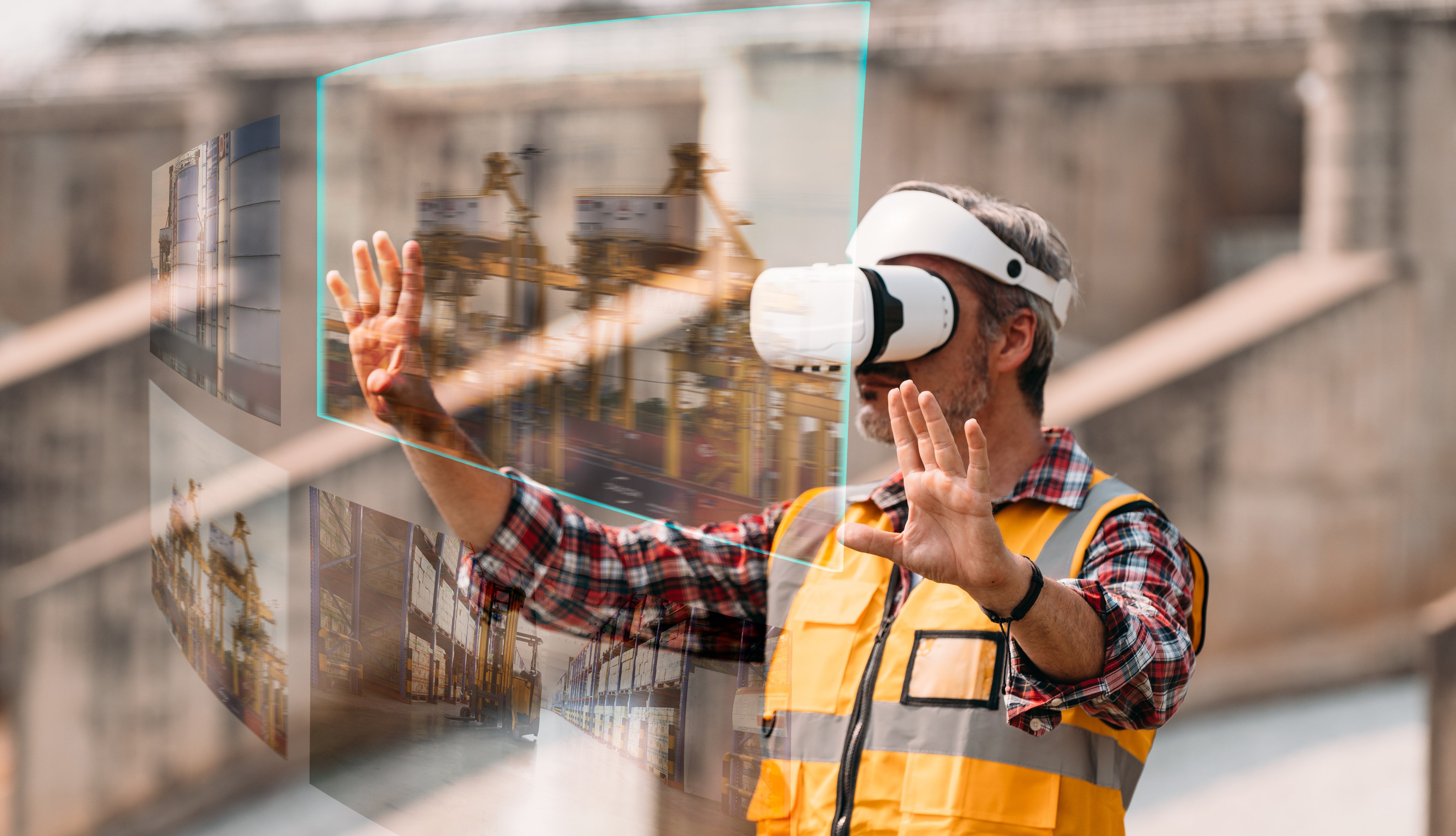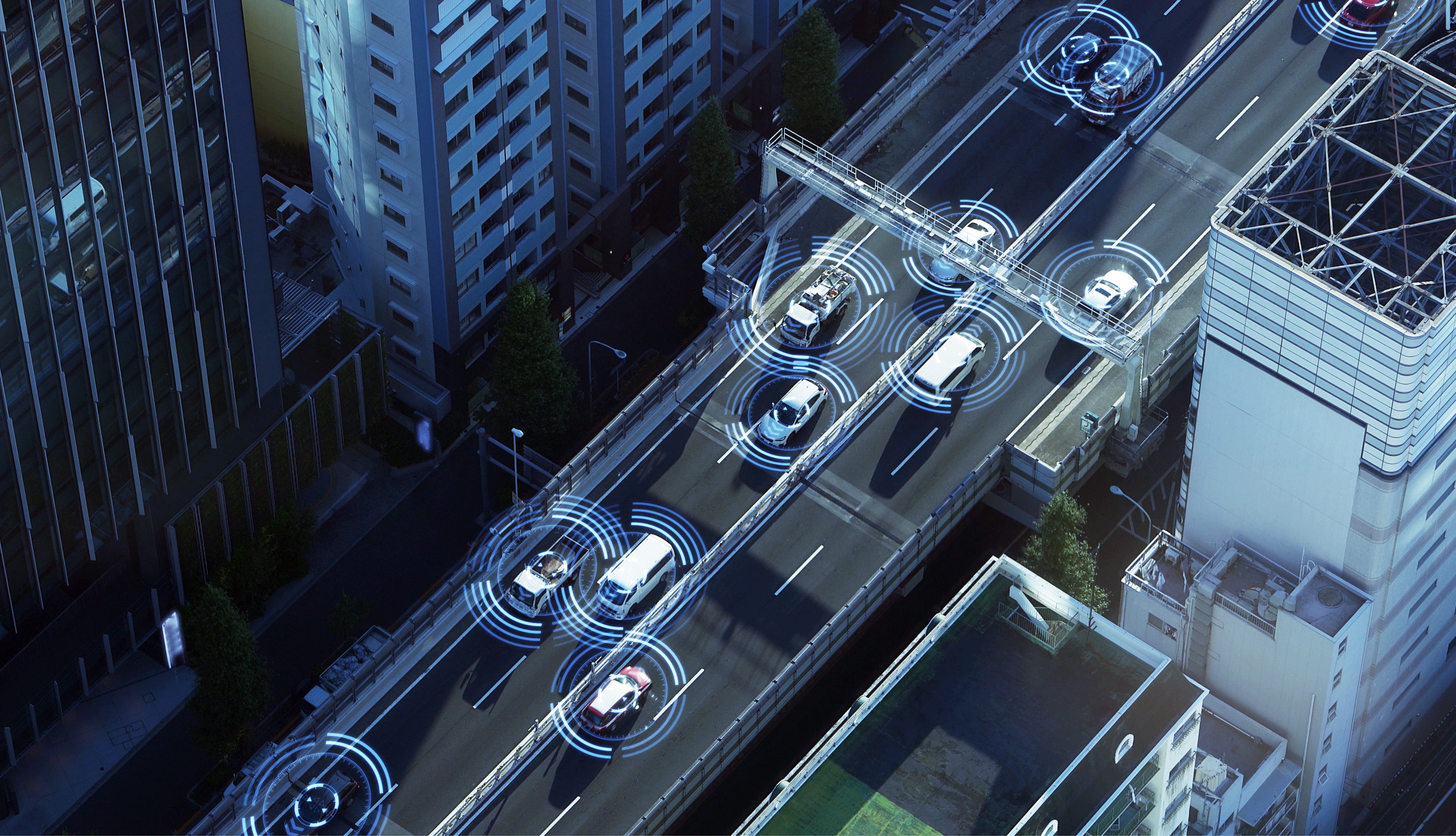Safety Training in Virtual & Augmented Reality
Posted on March 21, 2023 by Michael McGowan, Loss Control Manager
According to a study from Stanford University and Technical University in Denmark, virtual reality training drove a 76% increase in learning effectiveness over traditional methods. Virtual reality allows one to experience an immersive, three-dimensional, computer-generated, simulated environment using specialized equipment, while augmented reality is technology that combines the real-world environment with three-dimensional, computer-generated special effects. Both, combined with safety training, can offer advantages to workers’ safety and health today, although there are a variety of challenges in adopting this technology. To help you decide whether to commit to this relatively new breed of safety training, we explore the ways it can be utilized, the potential benefits and the obstacles involved.
Application
Immersive and interactive training, hazard simulation, virtual walkthroughs and real-time information are a few features of virtual and augmented reality safety training. These features can be applied to a plethora of use cases in most industries. For example, operators in manufacturing can learn how to work with potentially hazardous machinery in a safer environment to develop their skills. In the trucking industry, drivers can experience rare and dangerous events such as how to handle a tire blow-out, extreme weather conditions and defensive driving. High-risk work tasks such as ‘lockout tagout’ performed by an electrical or mechanical worker can be practiced using virtual reality to avoid potentially fatal errors.
Potential Benefits
Improved Training
Virtual and augmented reality provide an opportunity to improve safety training overall compared to traditional methods. This immersive technology encourages workers to interact and be more engaged – opening the door for a more effective training and learning experience. Employers can now address rare, high-risk work tasks in a safer environment for their workers. In addition, repetition of training can be increased to improve the success of the training.
Increased Efficiency
Safety training with virtual and augmented reality can focus on job specific tasks with repetition, allowing for more efficient training, saving cost and time. It also allows for real-time monitoring with enhanced data collection, giving the employer a more precise opportunity for analyzing training results and improving safety management efficiency.
Better Results
Increasing the efficiency of safety training with this technology can lead to better safety results. Workers may retain knowledge better with virtual and augmented reality safety training. This can lead to a lowered frequency and severity of injuries and improve the overall safety culture. The cost associated with traditional training equipment and materials can be reduced or even eliminated.
Challenges
Cost
The upfront cost of virtual and augmented reality safety training products and equipment can be expensive, making it difficult for some organizations to commit. The hardware and software required for virtual reality or augmented reality training can also be costly to maintain and upgrade. Time and resources must also be accounted for when evaluating the cost.
Implementation
Not all work tasks and hazard exposures can correspond to virtual and augmented reality, limiting the practicality for adoption. A careful, detail-oriented approach should be taken in selecting the right hardware and technology. Some organizations may not have expertise for this technology, so outsourcing work to a third party may be required.
Limits to Technology
Some users may find difficulty adapting to this technology. Workers may be uncomfortable or have feelings of disorientation, motion sickness or virtual fatigue. This could inhibit their success with using virtual and augmented reality safety training. Workers may also have certain physical or mental impairments that are not ideal for this technology. Many times, only one worker can use the equipment at a time, so limitations may also derive from the amount of equipment the employer makes available.
Summary
Virtual and augmented reality present an opportunity for improving safety training today and into the future. With consideration of its applicability, potential benefits and challenges, it is worth taking time to investigate this new form of safety training to decide if it is right for an organization.
Resource
Big ThinkTopics

Michael McGowan is the Loss Control Manager with Old Republic Risk Management. He is responsible for assisting policyholders with loss control information and services with an emphasis on carrier service compliance in regulated jurisdictions. Michael is based out of our corporate office in Brookfield, WI.





